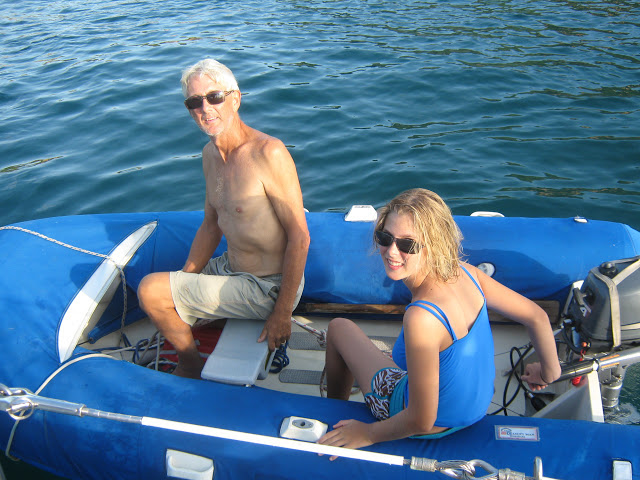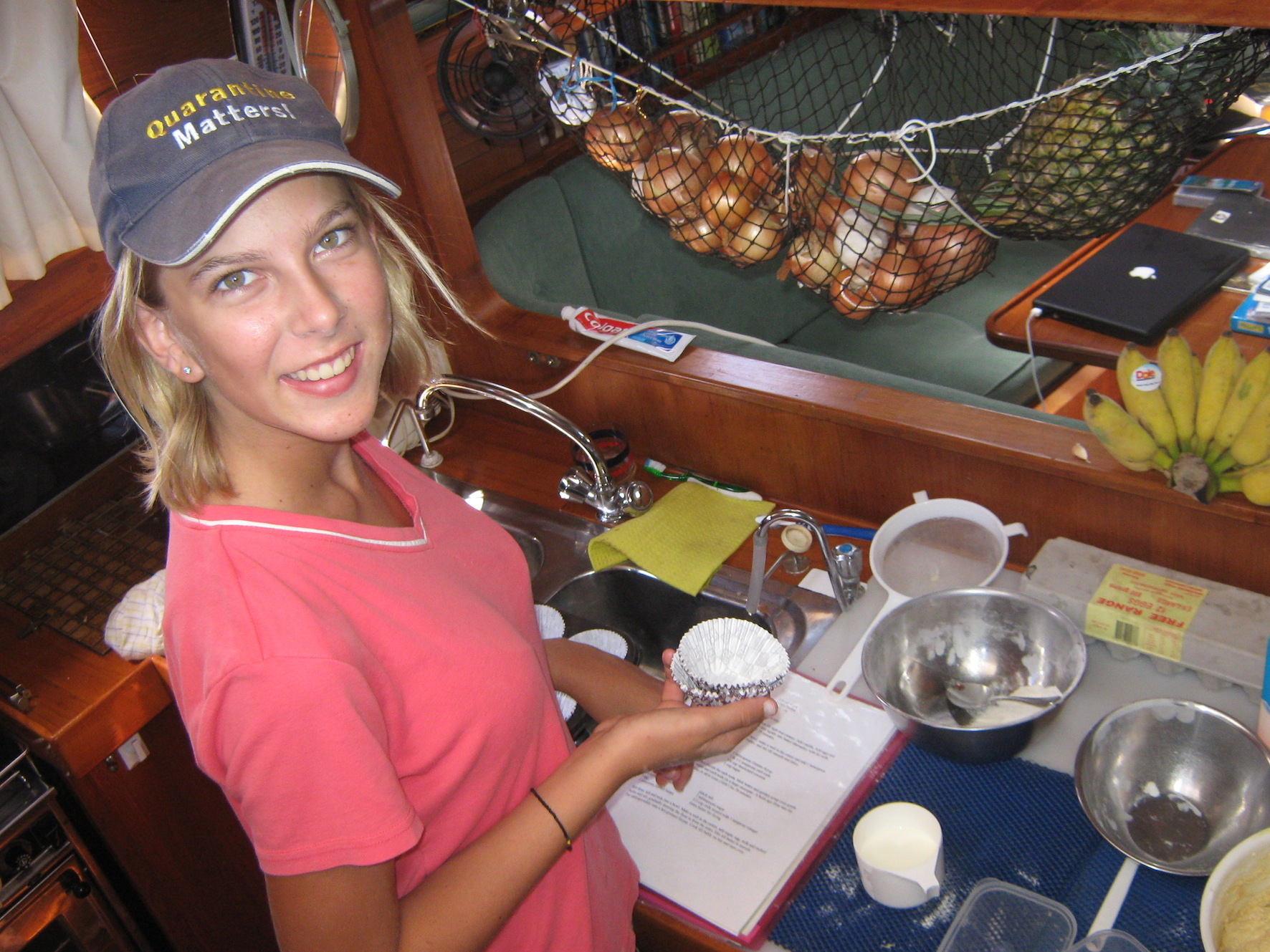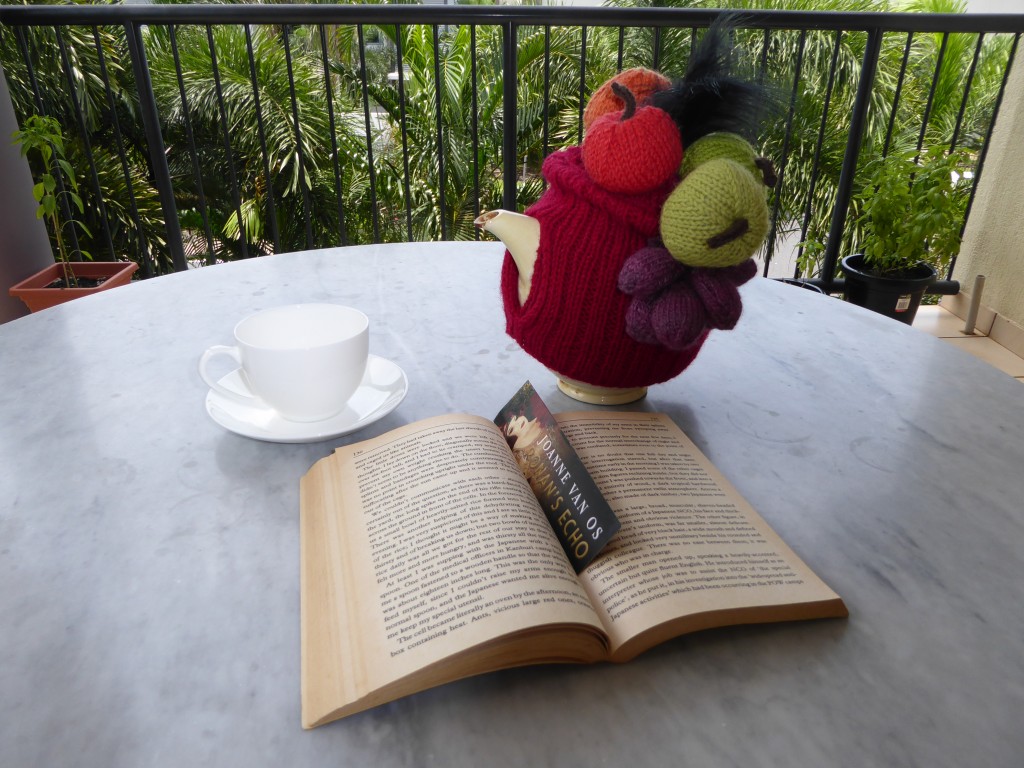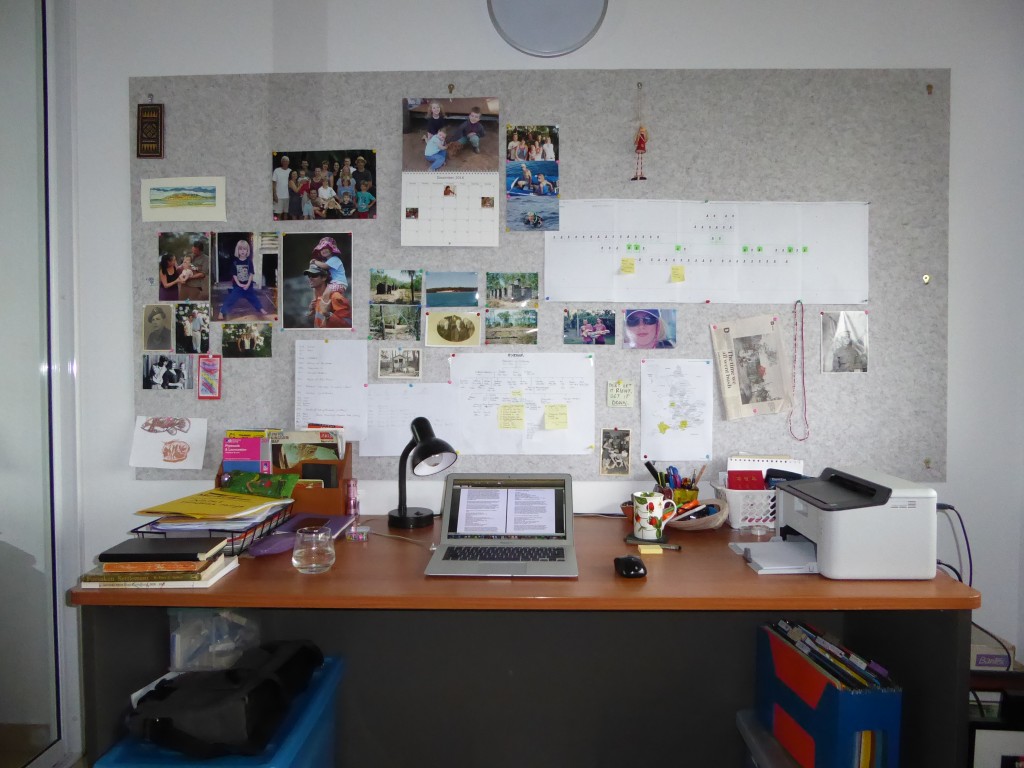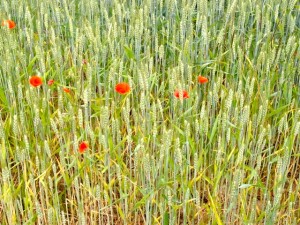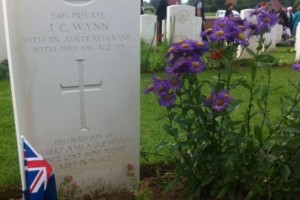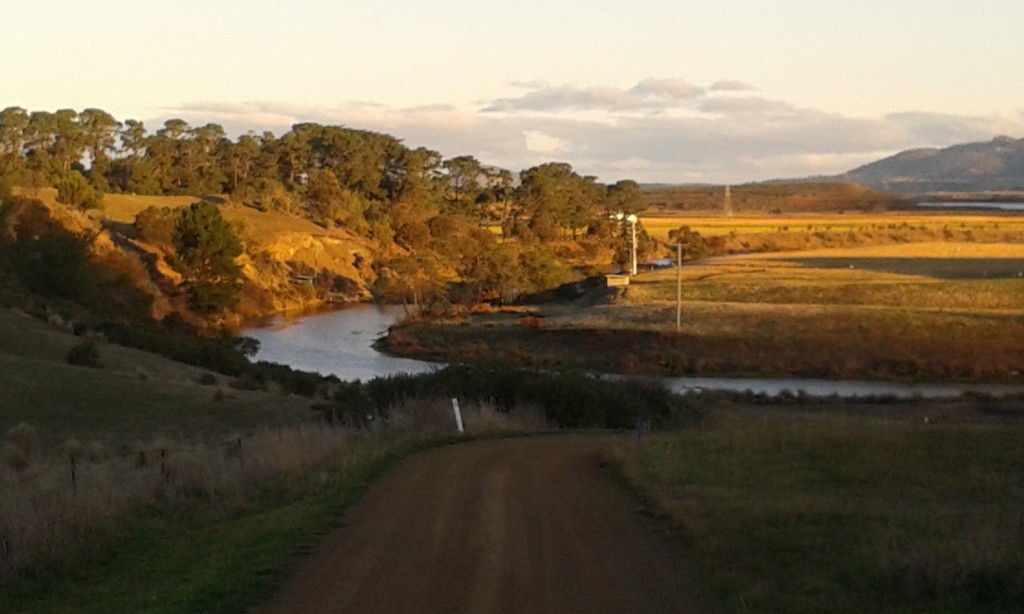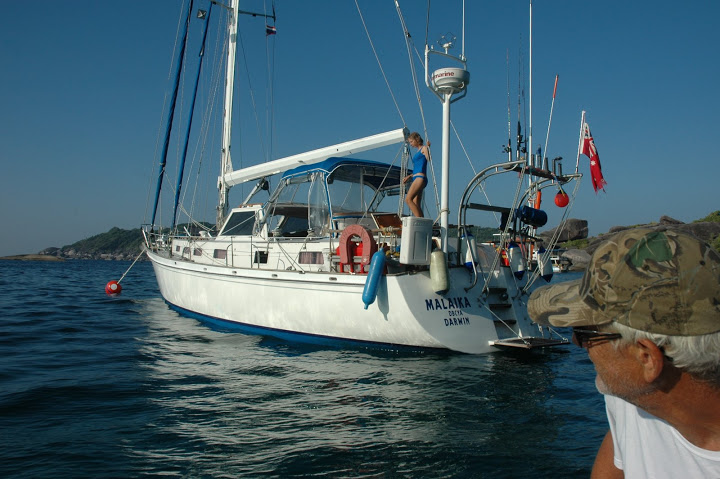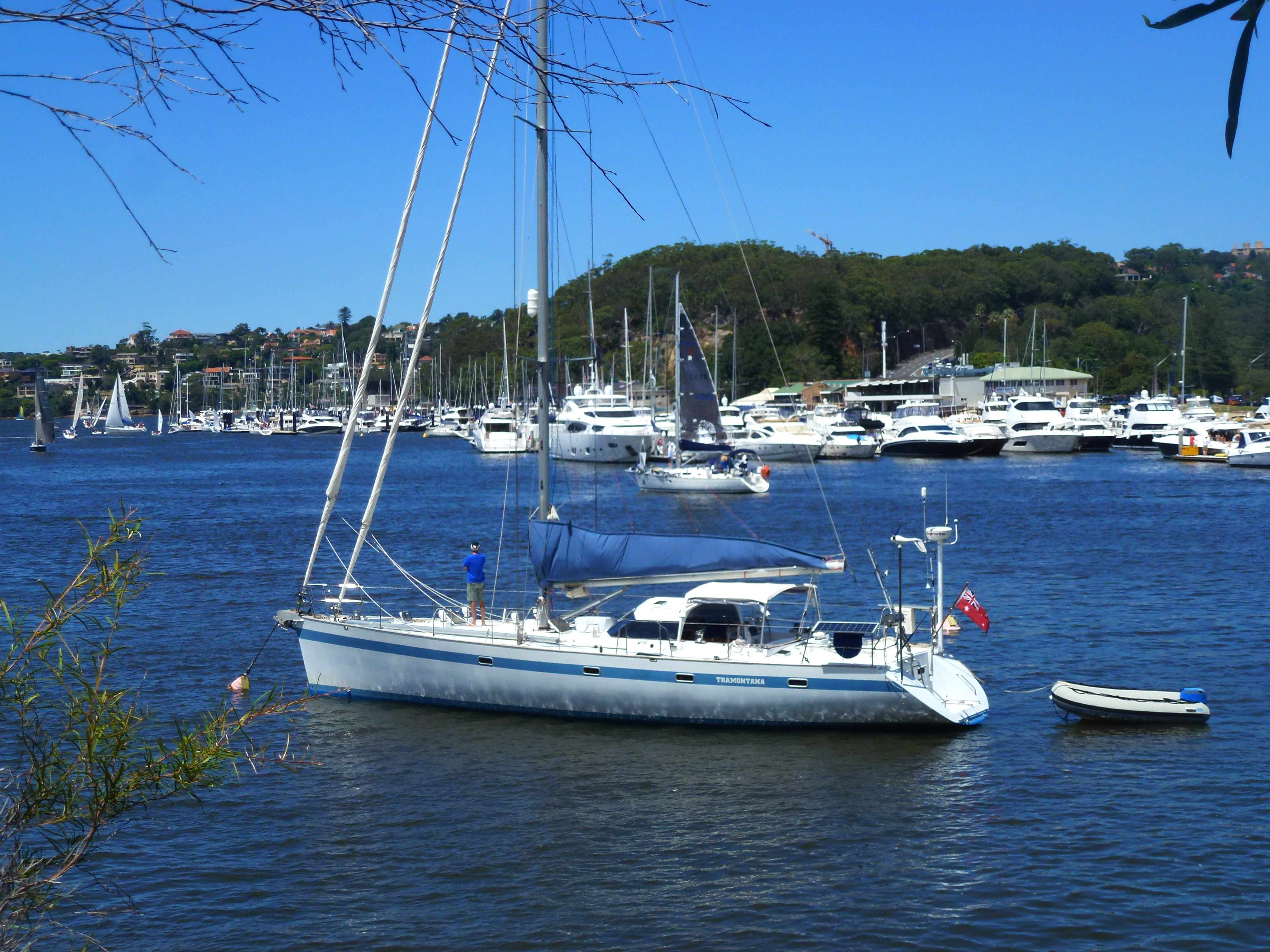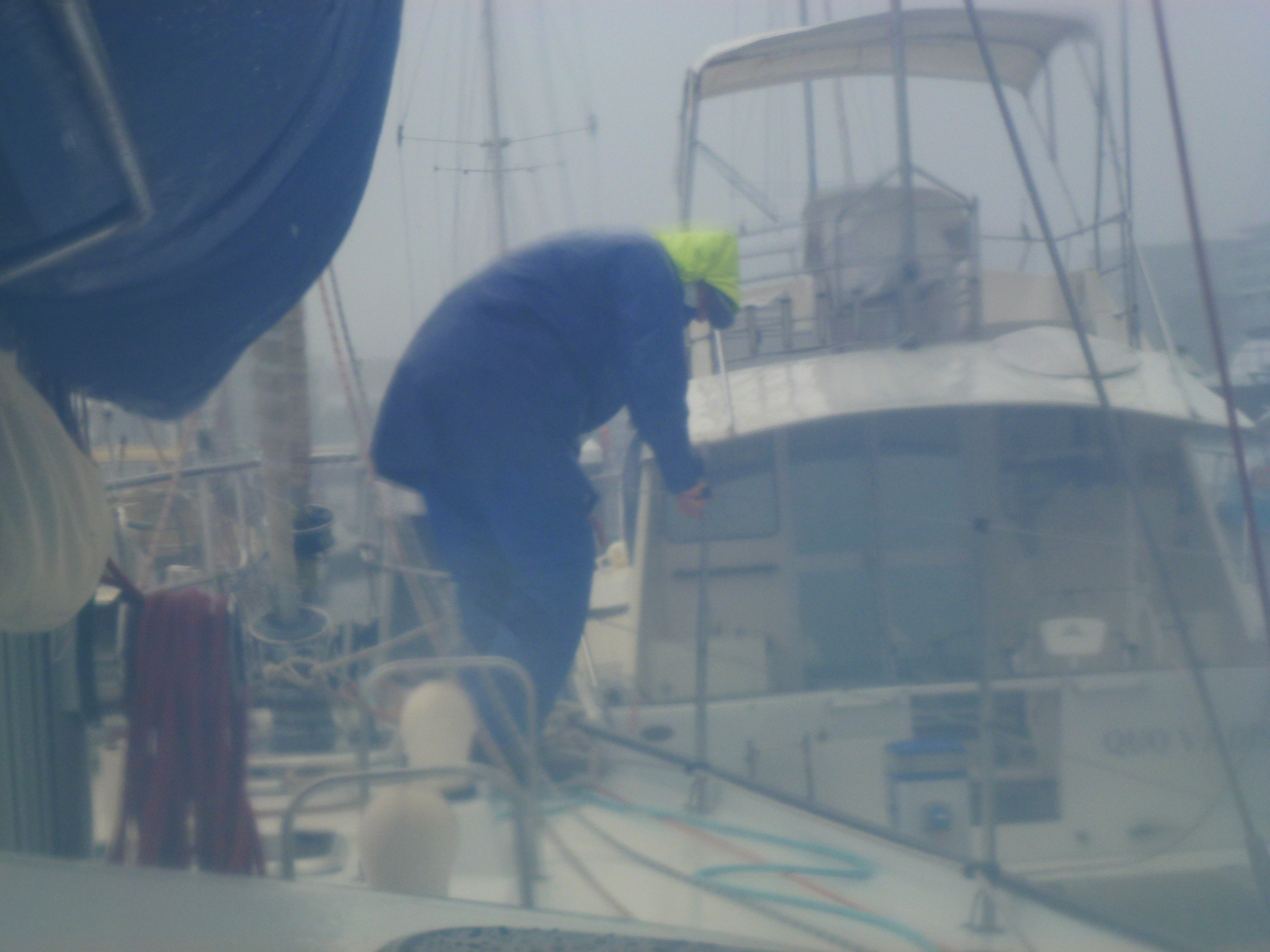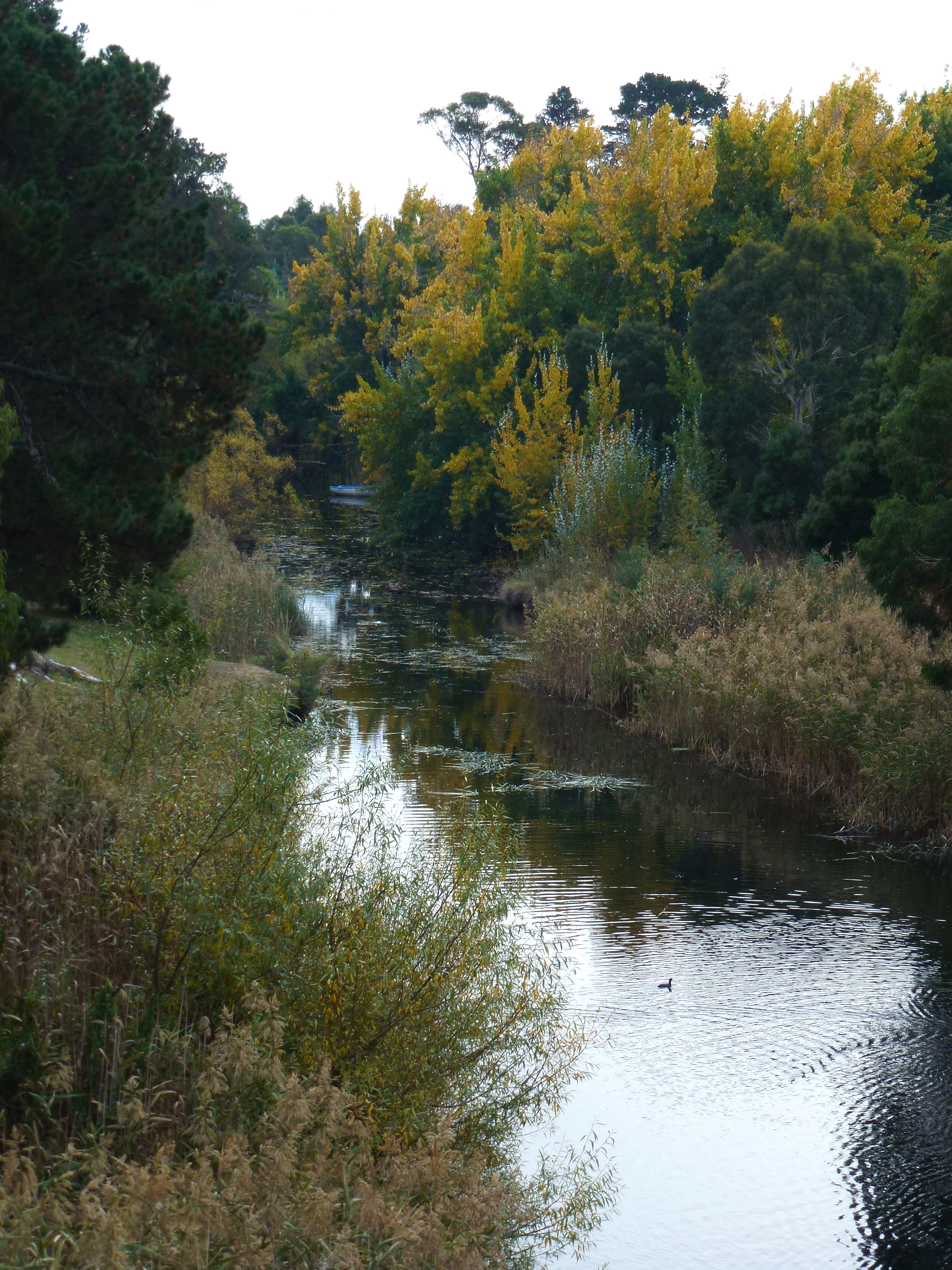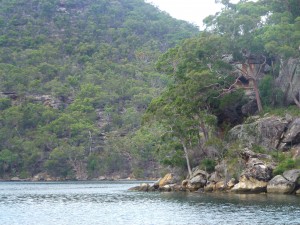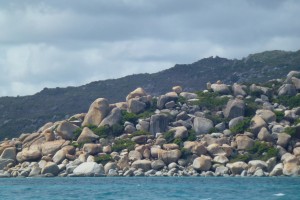You know you’ve been neglecting your website when you can’t remember the log in details. I’m supposed to be maintaining a relationship with my readers by writing regular posts on this blog, but I’m afraid I’ve been very slack. It’s over a year since the last one! I also have an Author page on Facebook, which is almost as neglected as the blog on the website. Perhaps if I do both at the same time, I’ll cover the bases. I think my reluctance stems from knowing just how much we all have to read every day. Perhaps subconsciously I just want to leave you time to read books! Anyway, here’s a start:
The most often asked question of writers is “Where do you get your inspiration from?” But I’m also asked: “Where do you write?”
To answer that question, I thought I’d share a photo or two of my workspace. I confess to tidying it up a bit before I took the photo, but apart from being a little less cluttered than normal, this is what it looks like.
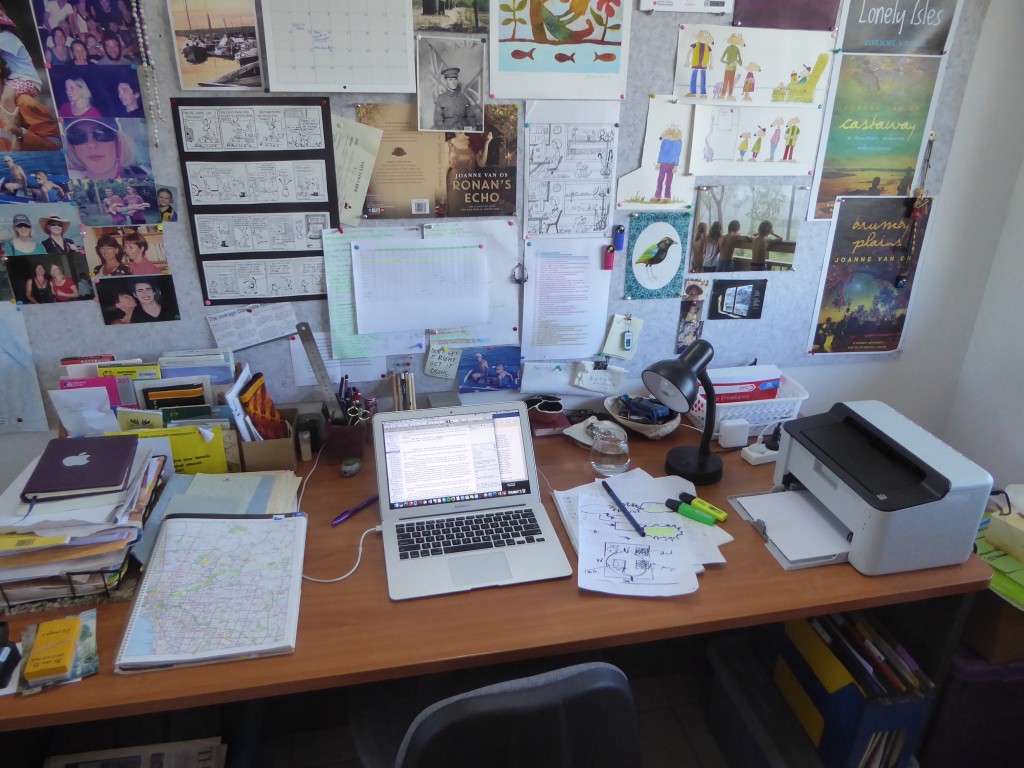 This desk has had three of my books written on it. Most of my first book, Outback Heart, was written on a door balanced on a filing cabinet and a box, beside the computer table. Remember when computers needed a table of their own? My first one had a whole 16MB of Ram and was considered very fast. And it took floppy disks which held 1.4 Mb of data. My most recent book, Ronan’s Echo, was written onboard Tramontana, our home for 7 or 8 years, on an earlier version of the laptop I now use. Just as well someone invented the laptop. My old Apple LC11 wouldn’t have fitted on the boat.
This desk has had three of my books written on it. Most of my first book, Outback Heart, was written on a door balanced on a filing cabinet and a box, beside the computer table. Remember when computers needed a table of their own? My first one had a whole 16MB of Ram and was considered very fast. And it took floppy disks which held 1.4 Mb of data. My most recent book, Ronan’s Echo, was written onboard Tramontana, our home for 7 or 8 years, on an earlier version of the laptop I now use. Just as well someone invented the laptop. My old Apple LC11 wouldn’t have fitted on the boat.
I like having a pinboard. Keeps the desk a bit tidier, and means I do less archaelogical excavating when I need to find that interesting thing I cut out of the paper. Bits of inspiration go up there too – photos, postcards, quotes from famous authors, reminders… It also lets me put up photos of the family so I can remember who they are when I’m in the middle of a book.
I’ve put up some of my old work as well, from my time as an illustrator and cartoonist. When I’m struggling with writing and feel like I’m hopeless, it’s good to remind myself I can do stuff. (One day I WILL write that children’s picture book I started illustrating about 20 years ago…) It’s interesting how we change. When I was drawing, that was all I wanted to do, although I guess it’s no surprise that my artwork was always word-based – cartoons or illustrations for articles.
Here’s the other side of my room:
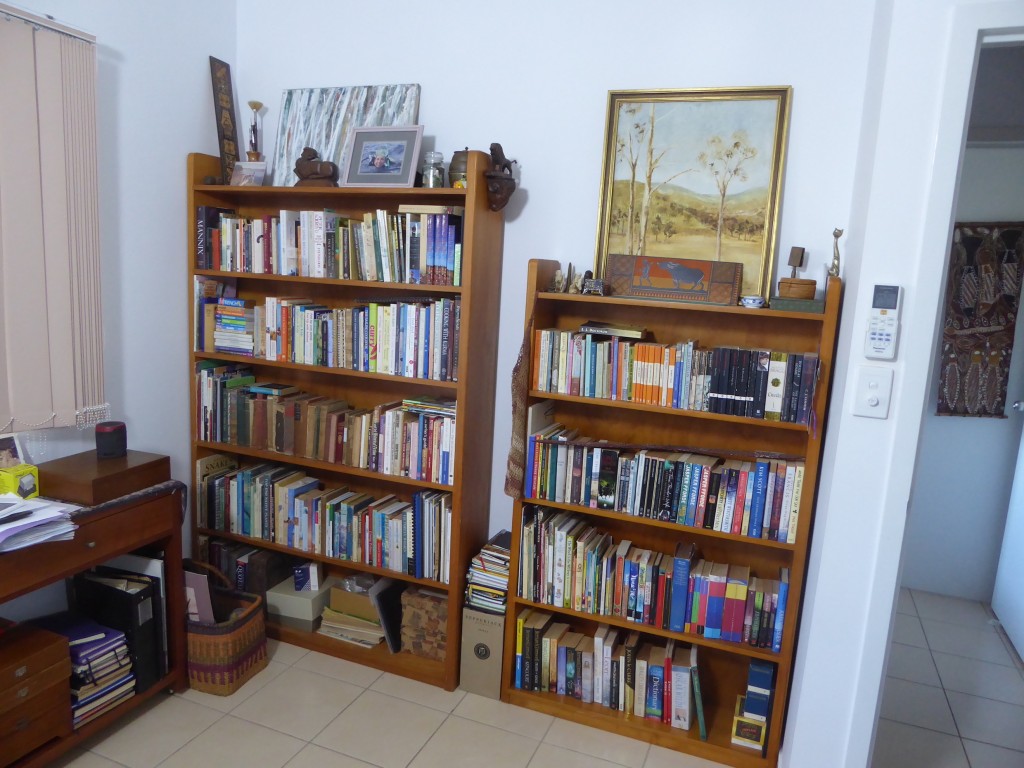 It’s a mish-mash of a library – books about writing next to cook books. Reference books for the last book alongside tattered old treasures printed 100+ years ago. Favourite classics and children’s picture books. Ephemera. Boxes of photos and slides I swear I will sort out one day. Found objects that I just love for themselves, or which have something to do with a book idea. Old objects from my extended family. Old letters. Diaries. Things that just remind me of other things. It’s all part of being inspired, dreaming, meandering. It’s fertiliser for your imagination.
It’s a mish-mash of a library – books about writing next to cook books. Reference books for the last book alongside tattered old treasures printed 100+ years ago. Favourite classics and children’s picture books. Ephemera. Boxes of photos and slides I swear I will sort out one day. Found objects that I just love for themselves, or which have something to do with a book idea. Old objects from my extended family. Old letters. Diaries. Things that just remind me of other things. It’s all part of being inspired, dreaming, meandering. It’s fertiliser for your imagination.
My husband will stand at the door and mutter that there must be heaps of stuff in here I could chuck out. If opposites attract, we are a great match. He loves taking stuff to the dump. I like the dump too – except I would be bringing stuff back from the recycle shop, so he never takes me on these expeditions. I admit to being a bit (just a bit) of a hoarder. My defence is that if it weren’t for people like me, social historians and anthropologists of the future would have nothing to work with. Imagine a world where the last few hundred years was all digital. Who remembers floppy disks, and who can read one today? Who doesn’t have old files that you no longer have the software to read them with? My 1Terrabyte back up disk died recently. So much for storage solutions.
Don’t get me wrong – I LOVE my laptop. It comes everywhere with me. It would drive me nuts to try and write a book with pen and paper. I think my study reflects this. It’s as much a testament to the things that I love and that inspire me, as it is a product of the digital age. But my books won’t run out of batteries, my letters won’t need a software update for me to read them in 20 years’ time, and I don’t need a power supply to look at old photos. Well, that’s my story and I’m sticking with it!
Have a great day. Read something, write something, and tell someone you love them.

